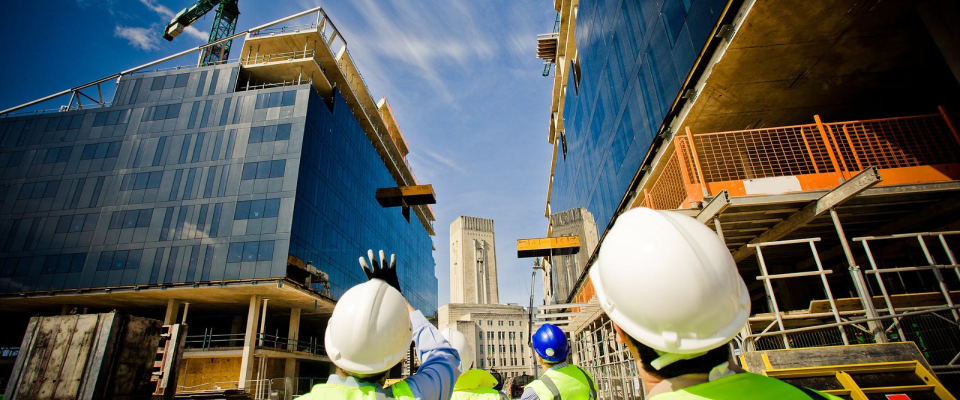
Services
ORIGIN is an integrated construction company that offers a wide range of services to meet the clients’ needs and requirements. Each of the following features is diversified in its scope.
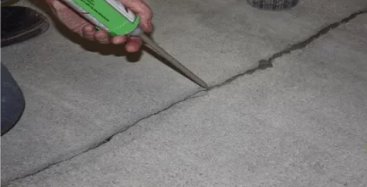
CRACK INJECTION
We specialize in both epoxy and polyurethane injection techniques. High-strength structural epoxies are ideal for repairing stable cracks that require a structural fix. Epoxy injections can restore cracks with materials that typically have significantly higher compressive and tensile strengths compared to the original concrete, ensuring a durable and effective repair.
Show more
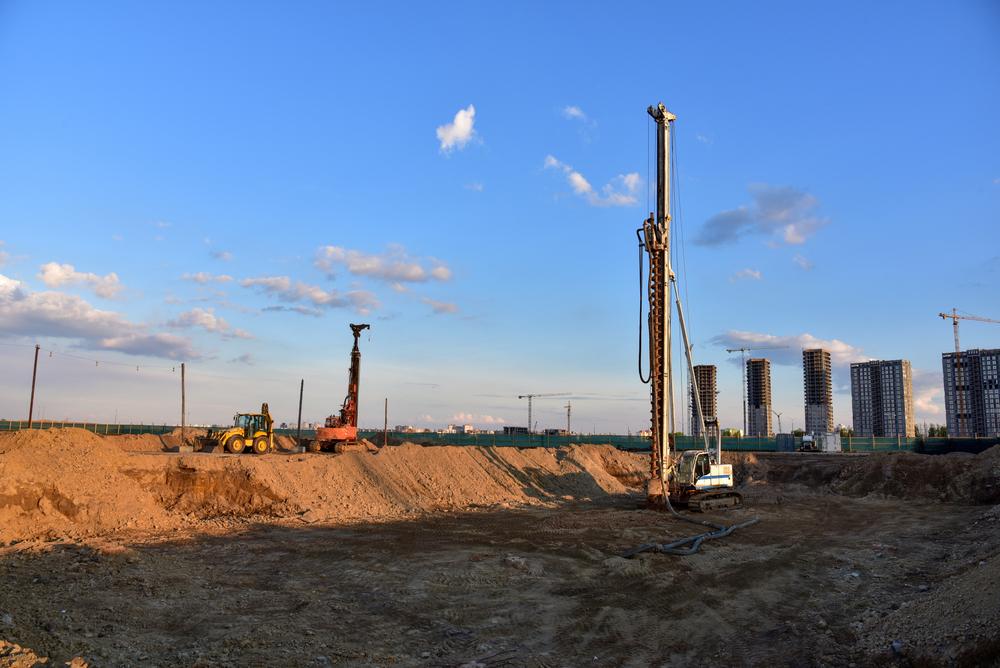
SOIL IMPROVEMENT
Advanced soil improvement methods are utilized to enhance the engineering properties of soil, making it more suitable for various construction and geotechnical applications. These techniques focus on increasing soil stability, load-bearing capacity, and reducing settlement, ensuring a robust foundation for infrastructure projects. By customizing the approach to address specific soil conditions and project needs, these methods contribute to the durability and safety of structures built on challenging ground.
Show more
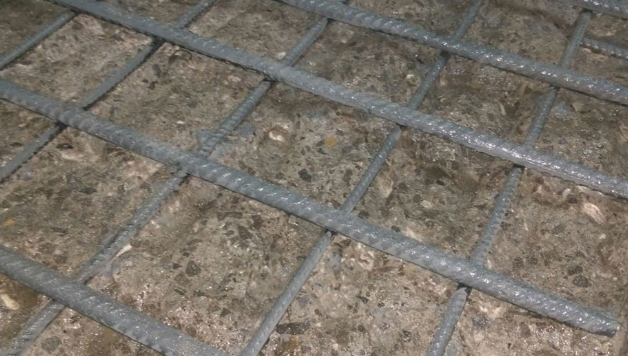
STRUCTURAL STRENGTHENING
The company is fully qualified and equipped with the expertise to handle structural strengthening projects with precision and efficiency. With a strong track record in this specialized field, we deliver innovative solutions that enhance the durability and safety of structures, ensuring they stand the test of time.
Show more
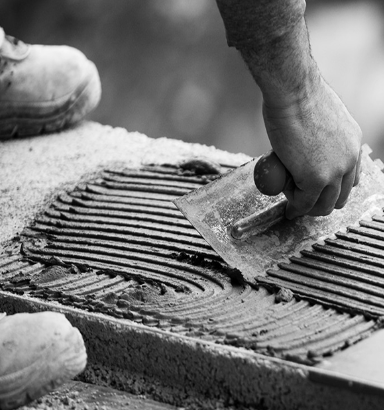
CONCRETE REPAIRING
Origin Company specializes in concrete repair and restoration, combining extensive experience with innovative techniques and traditional methods to deliver customized and effective solutions for every project. Our expertise ensures that each repair is executed with precision, resulting in durable and lasting outcomes.
Show more

Concrete Patch Repair
Concrete patch repair involves filling damaged or cracked areas of concrete with a specialized mixture that matches the original material. This process restores the structural integrity and appearance of the surface, ensuring a seamless finish. The repair solution is designed to bond effectively with the existing concrete, providing a durable and long-lasting fix.
Show more
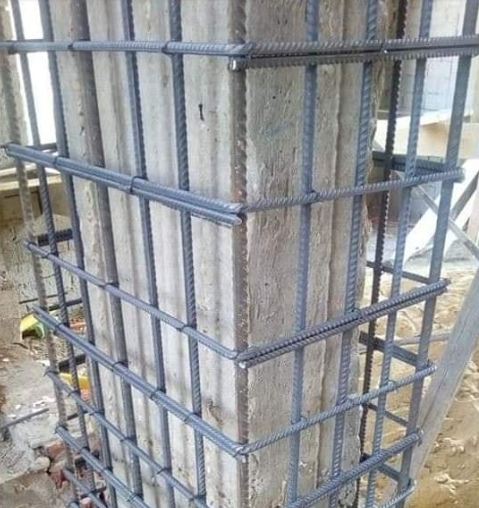
STRUCTURAL JACKETING
Structural jacketing involves adding reinforcement to existing structural elements, such as columns, beams, or slabs, to enhance their strength and stability. This is achieved by encasing the original elements with additional materials, such as steel plates, fiber-reinforced polymers, or concrete overlays. The added reinforcement increases the structural capacity, allowing the elements to support greater loads and resist various stresses.
Show more
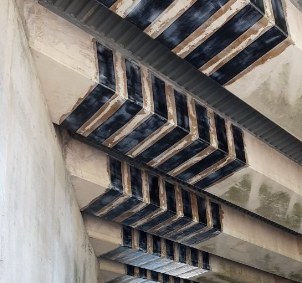
Carbon Fiber-Reinforced Polymer Strengthening (CFRP)
Carbon fiber strengthening involves applying carbon fiber-reinforced polymer (CFRP) sheets or plates to beams and columns to improve their structural performance. This technique enhances the load-carrying capacity and flexural strength of these elements, making them more resistant to stress and deformation. By bonding CFRP to the existing surfaces, the beams and columns gain increased durability and seismic resistance, allowing them to support greater loads and withstand dynamic forces more effectively.
Show more
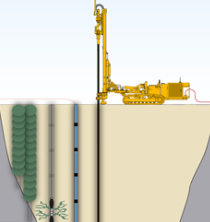
Tam grouting
Tam grouting, also known as tube-a-manchette grouting, is a specialized grouting technique used for ground improvement and soil stabilization. In this method, grout is injected into the ground through a perforated tube or pipe with one or more sleeves (manchettes) along its length. These sleeves are equipped with valves that allow the grout to flow out into the surrounding soil
Show more
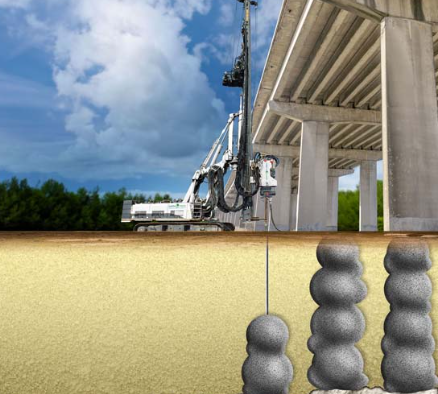
Compaction Grouting
Compaction grouting involves injecting a low-slump mortar grout into loose, granular soils to increase their density and stabilize subsurface voids or sinkholes. This process enhances soil stability by filling gaps and reinforcing the ground, effectively improving the overall support and strength of the soil.
Show more

Micropiles
Micropiles, also known as minipiles, are deep foundation elements typically constructed with high-strength, small-diameter steel casings and/or threaded bars, or they can be made as small-diameter concrete bored piles reinforced with standard steel bars. These versatile foundation systems are used to provide support in challenging soil conditions, offering stability and load-bearing capacity in situations where traditional foundation methods may not be feasible.
Show more
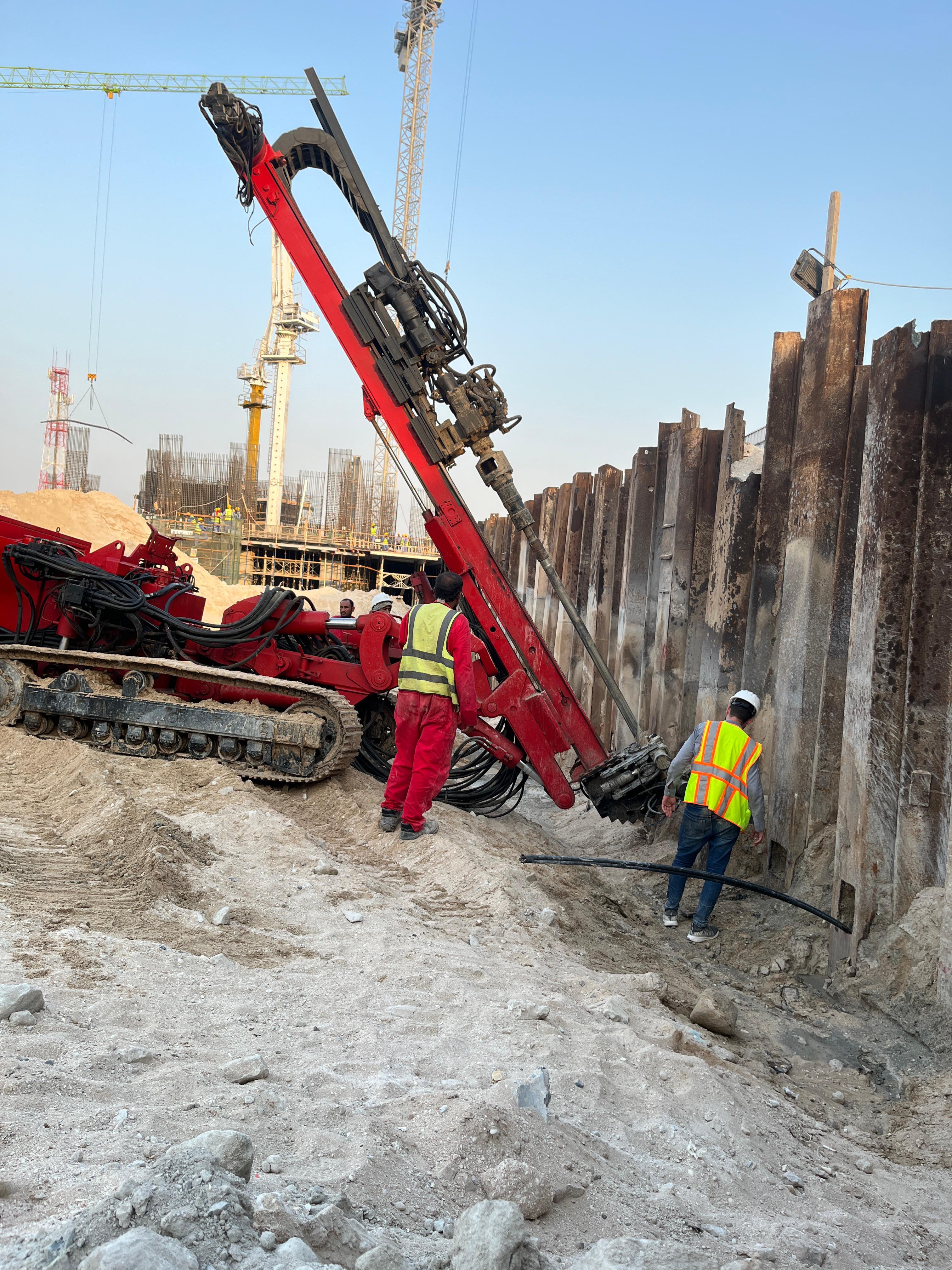
Soil Stabilization
Soil stabilization is a technique used to improve the strength and stability of soil for construction projects. It involves mixing the soil with stabilizing agents like cement, lime, or chemicals to create a more cohesive and durable material. This method is particularly useful for enhancing the load-bearing capacity of the soil and reducing issues like erosion and compressibility. By stabilizing the soil, construction projects achieve a more reliable foundation, leading to longer-lasting structures and reduced costs.
Show more
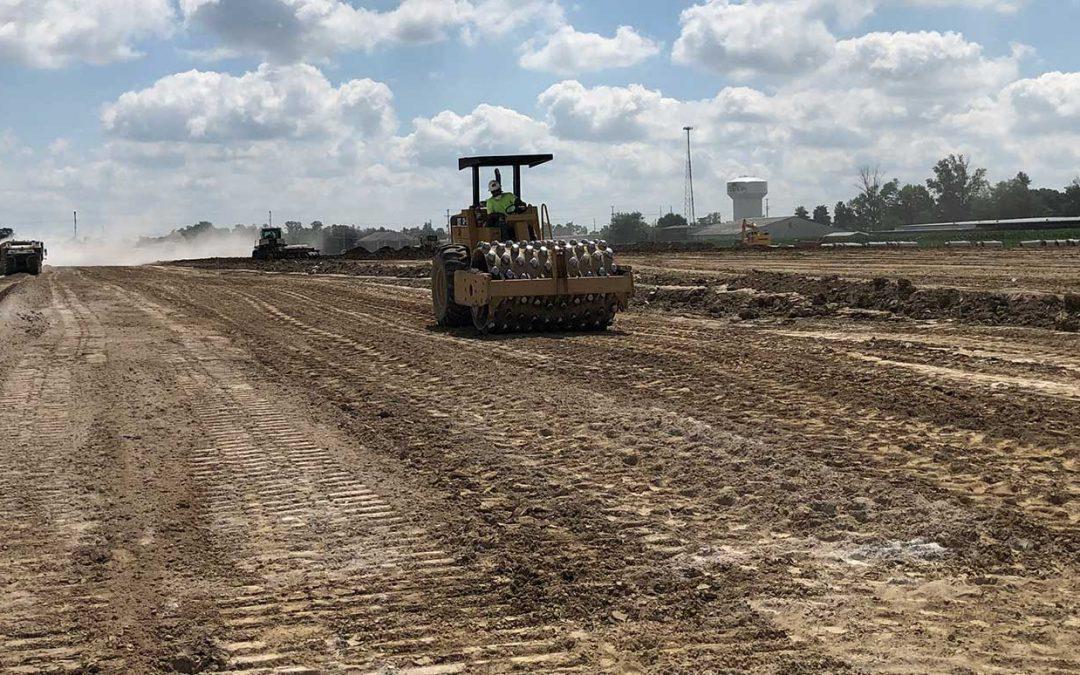
Soil Replacement
Soil replacement is a ground improvement technique used to enhance the engineering properties of soil by removing unsuitable or weak soil and replacing it with higher-quality material. This process involves excavating the existing soil to a specified depth and backfilling it with well-graded, compacted material such as gravel, sand, or engineered fill. Soil replacement improves the load-bearing capacity, reduces settlement, and enhances overall stability, making it suitable for foundations, embankments, and other critical structures.
Show more

Jet Grouting
Jet grouting is a soil improvement technique that involves injecting high-pressure grout into the ground to blend with and enhance the surrounding soil. This method creates soil-cement columns or walls that improve soil stability, increase load-bearing capacity, control groundwater, and reduce soil liquefaction risks. It is widely used for excavation support, underpinning, and seepage control in applications such as dams and tunnels.
Show more
